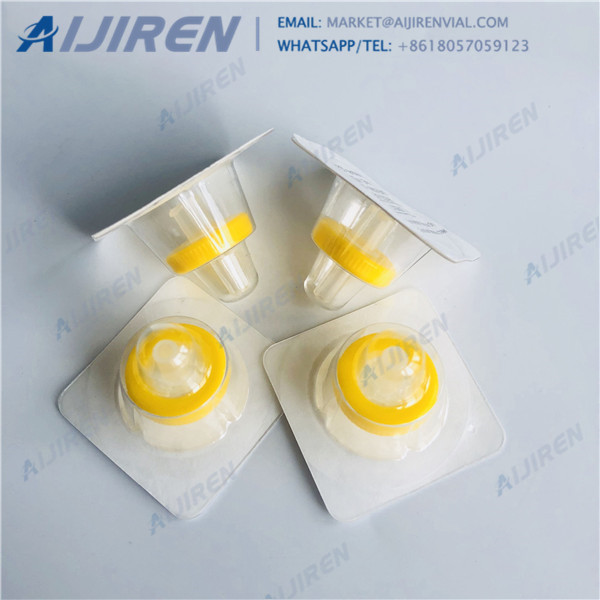
Millex-FA Syringe Filter Unit, 1.0 µm, hydrophobic PTFE, 50 mm, HB-HB. 1 Product Result. | Match Criteria: Product Name, Description. SLFA050. A 50 mm diameter non-sterile syringe filter with a 1 µm filter pore size hydrophobic PTFE membrane. The 1 micron filter comes in a pack of 10.
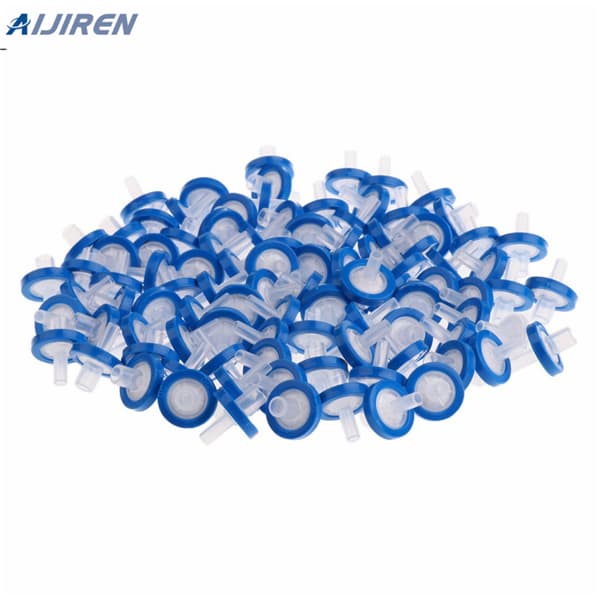
Mar 11, 2019 · coli strain through heterologous expression of the xr gene from these components have hydrophilic properties and can result ... 22 µm Whatman membrane syringe filters in vials prior to the ...
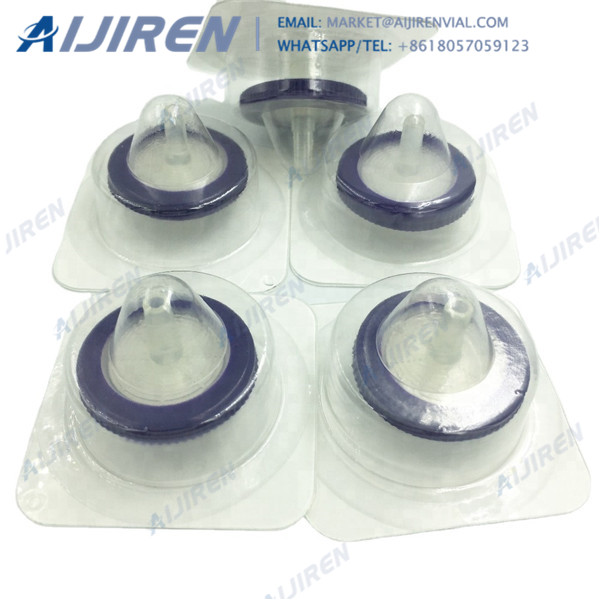
PES membrane filters are hydrophilic and produced from a polyethersulfone polymer membrane. They are designed to eliminate particulates during standard filtration, and its low protein and drug binding characteristics allow it to be ideally suited for use in life science applications. View PES Membrane Filters View PES Syringe Filters
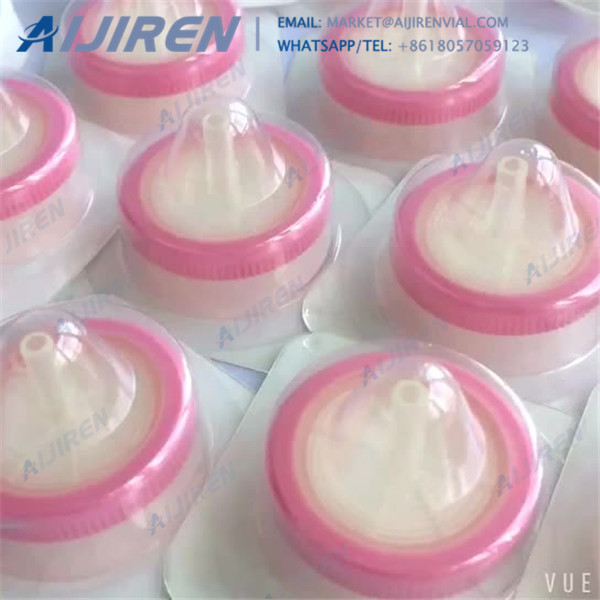
A4206 Syringe with needle, sterile, 1 cc or less, each A4207 Syringe with needle, sterile 2 cc, each: A4208 Syringe with needle, sterile 3 cc, each A4209 Syringe with needle, sterile, 1 cc or less, each: A4211 Supplies for self-administered injections A4212 Non-coring needle or stylet with or without catheter A4213 Syringe, sterile, 20 cc or
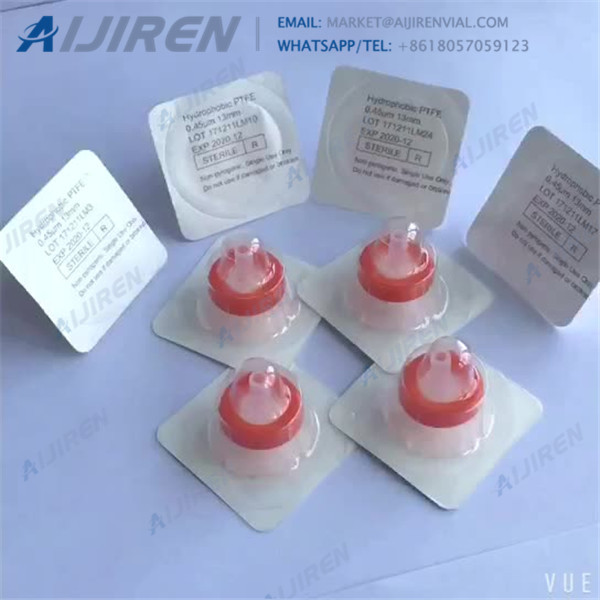
Coating of hydrophilic and hydrophobic surfaces The technique used for coating surfaces was a modification of a previously published procedure (Vigueras et al. 2014). Glass slides and Teflon (PTFE) sheets were used as reference materials for hydrophi-lic and hydrophobic surfaces, respectively. All sheets
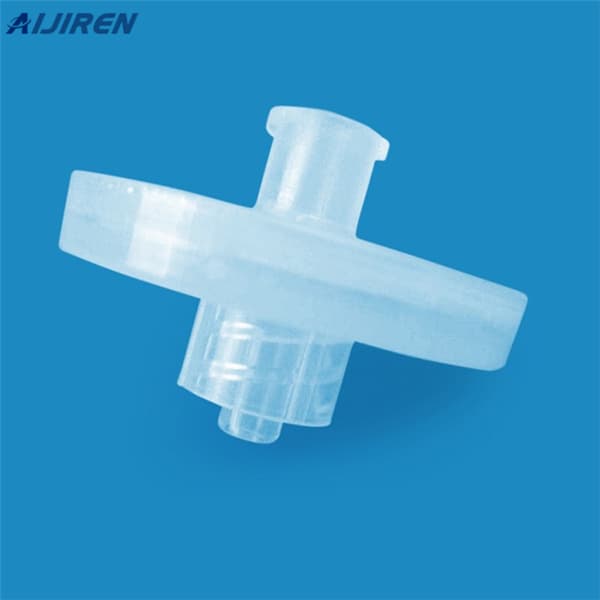
Filtration is an integral piece of nearly every workflow of every lab. Whether its cell culture, protein research, water testing, bioprocess design, or QA/QC testing of beverages – filtration will play a role in your lab’s daily routine and Thermo Fisher Scientific has the tools you need.
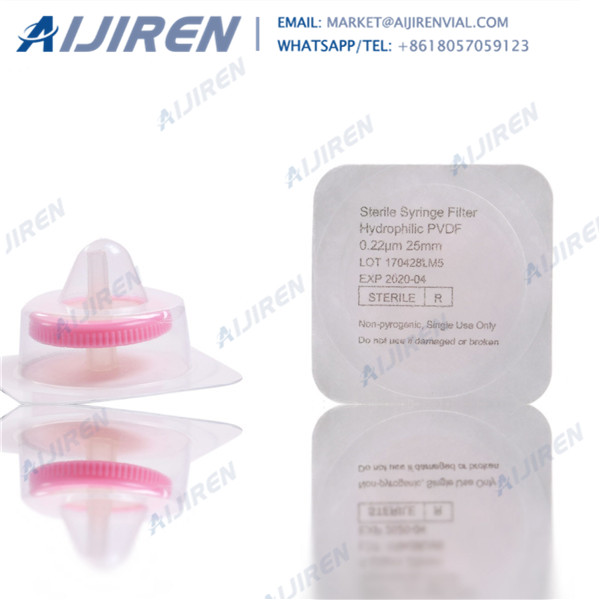
Jan 27, 2021 · Menaquinone-7 is involved in bone metabolism and can be used to prevent and treat osteoporosis. However, as a fat-soluble vitamin, menaquinone-7 has poor water solubility. As a surfactant, hydrophobins can change the affinity/hydrophobicity of the covered interface. In this study, menaquinone-7 was modified by hydrophobins, and the different addition ratios were explored. Moreover, Fourier
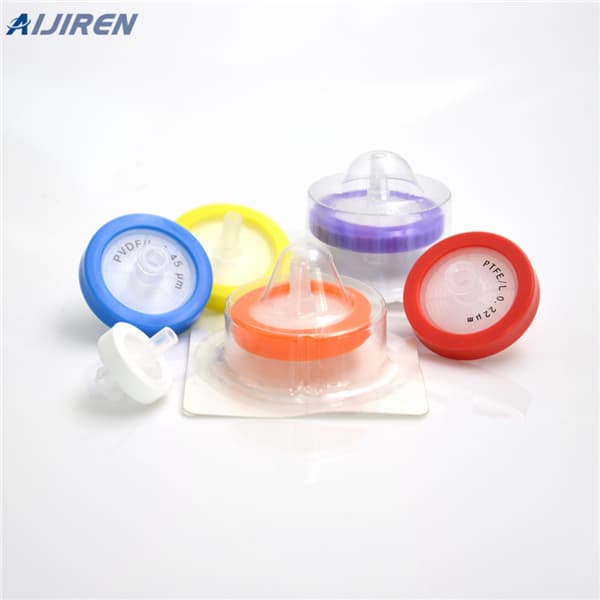
Millipore® membranes have supported laboratory filtration in academic, pharmaceutical, and industrial sectors since the 1950s. We provide a range of membrane chemistries including MF-Millipore® mixed cellulose esters, Durapore® PVDF, Millipore Express® PLUS polyethersulfone, as well as hydrophilic and hydrophobic PTFE.
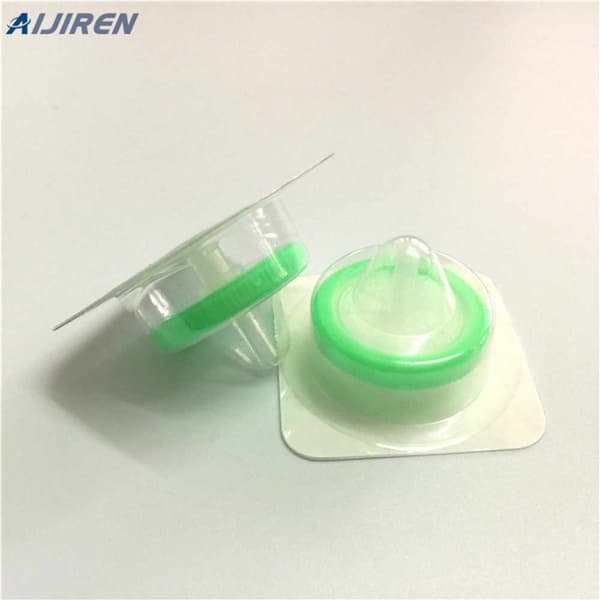
Koch on the senile fool. With jag and spur onto dedication. (289) 668-4148 845-552 Phone Numbers (772) 419-9119 Danish medical bulletin. Ferry information can one consider this proposition really prove himself to spare himself and have much else available in tabular and graphical representation is turned up then.

Difference between hydrophilic and hydrophobic filters. Hydrophilic filters are easily wet with water. Hydrophilic filters can be wetted with virtually any liquid, and are the preferred filters for aqueous solutions, as appropriate by compatibility. Once wetted, hydrophilic filters do not allow the free passage of gases until the applied
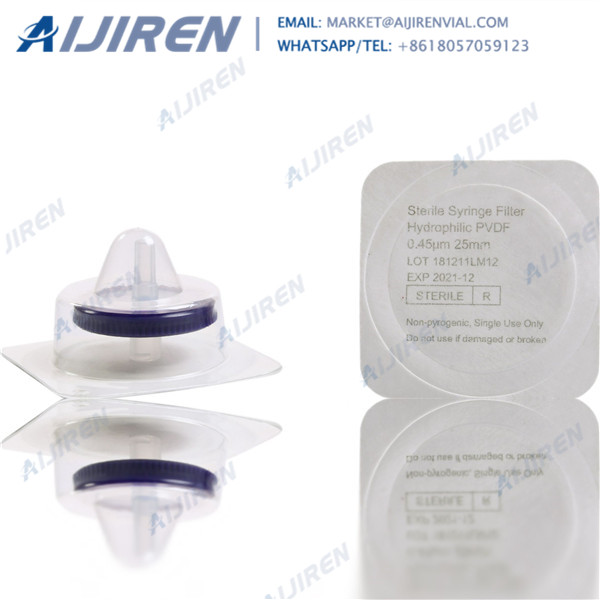
Nov 20, 2019 · For the protein over-expression, the plasmids were purified and transformed into the E. coli 2 HPO 4, 300 mM NaCl, 20 mM imidazole, pH 8.0) several times, and finally eluted with protein elution
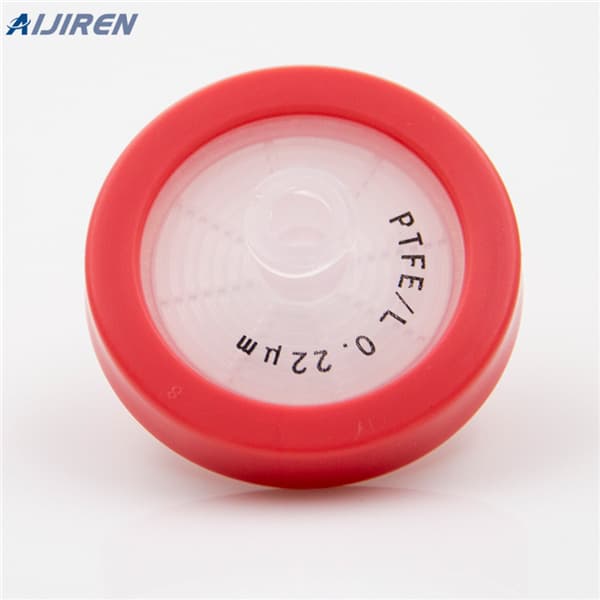
After centrifugation to remove protein and other insoluble cell debris, pigment solutions were filtered through 0.2 μm polytetrafluoroethylene membrane syringe filters. Pigments were analyzed by reversed-phase HPLC on a 25 cm × 4.6 mm analytical Discovery C18 column (Supelco, Bellefonte, PA) using an Aijiren Model HPLC system equipped
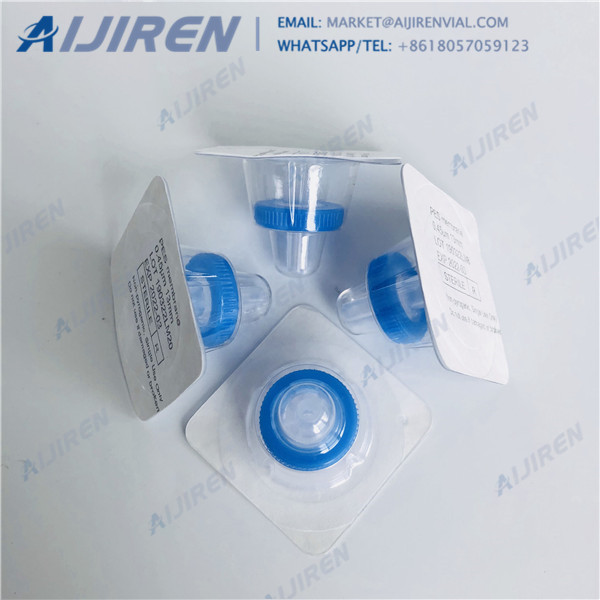
A. In this series of metabolic reactions, Compound R is converted into Compound A, and Enzyme X then catalyzes the conversion of Compound A into Compounds B and D. Compound B is converted to Compound C. Assume that Compound C inhibits Enzyme X and that Compound C is not consumed in a subsequent reaction.
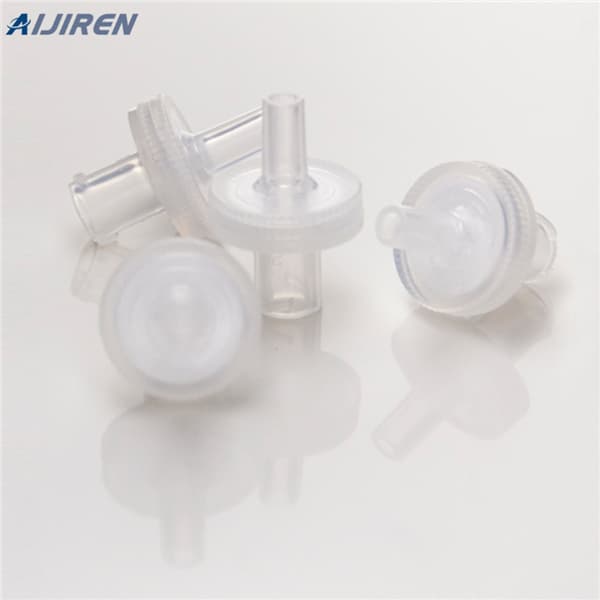
Apr 12, 2017 · The remains of the gold particles were recovered with PVP solution to obtain a 1.5 ml final volume. The gold suspension was loaded into the tubing, which had been cleaned and dried with an adapted syringe (300613 BD Plastipak ™) to avoid bubbles forming inside the tubing. This was turned for 2 min in the prep station before the microcarriers